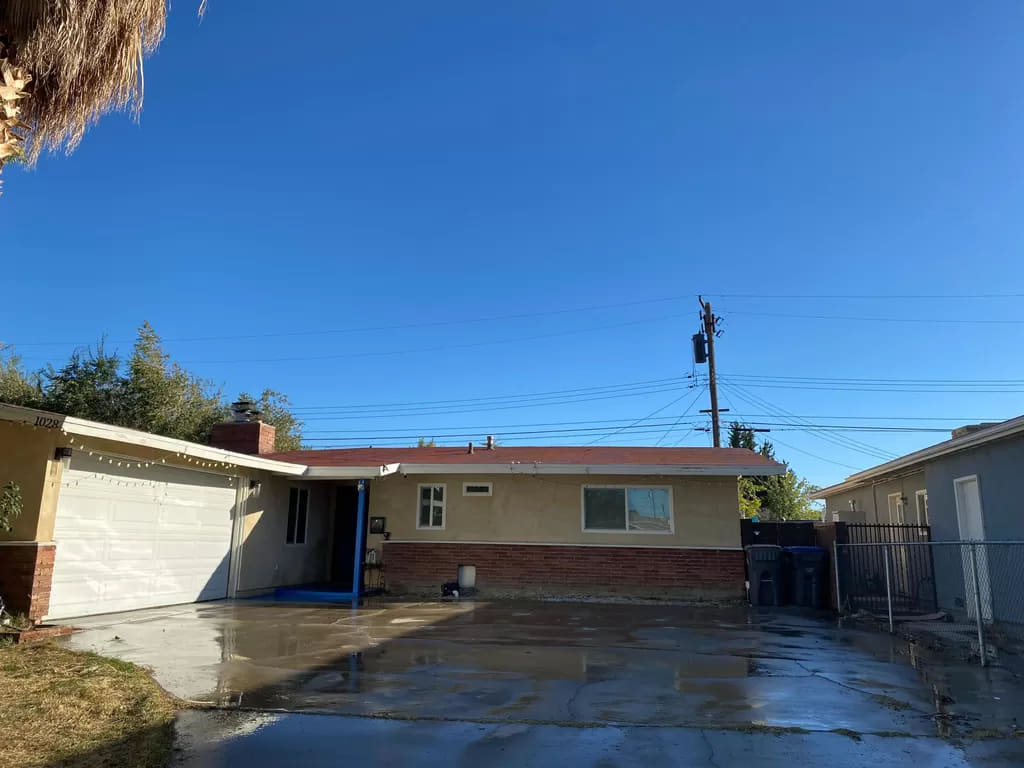1, Understand Your Eligibility
2, Communicate Changes Promptly
Divorce often brings about changes in income and household size. To ensure an accurate Section 8 application, promptly communicate these changes to the housing authority. Familiarize yourself with program guidelines, gather necessary documentation, contact the housing authority by phone or in person, provide accurate and detailed information about income and household size changes, follow up in writing, and keep copies of all correspondence. By promptly informing the housing authority and providing supporting documentation, you can ensure an accurate and up-to-date application, minimizing potential issues with your housing assistance.
Related: What Happens When The Main Tenant On Section 8 Passes Away?
3, Gather Necessary Documents
When gathering documents to communicate changes in income and household size to the housing authority, you should include the following:
-
Court orders or divorce decree:
These documents provide official details about the divorce, such as the division of assets, child custody arrangements, and any spousal or child support orders.
-
Separation agreement:
If you and your spouse have a legal separation agreement, include a copy of this document, as it outlines the terms and conditions agreed upon by both parties.
-
Pay stubs:
Gather recent pay stubs or income statements that reflect any changes in your employment or income after the divorce.
-
Tax returns:
Include copies of your most recent tax returns to provide an overview of your financial situation.
-
Child support orders:
If there are changes in child support payments, provide copies of the court orders or documents that specify the new arrangement.
-
Proof of additional expenses:
If there are new expenses resulting from the divorce, such as legal fees or additional housing costs, gather relevant receipts or invoices to support these claims.
-
Proof of new residence:
If you or your spouse has moved to a new address, provide documentation such as a lease agreement or utility bills to confirm the change in household size and living arrangements.
4, Seek Legal Advice if Necessary

5, Be Honest and Transparent
Honesty is the best policy when applying for Section 8. Be transparent about your current living situation, financial changes, and any challenges you may be facing post-divorce. The housing authority is there to assist those in need, and providing accurate information ensures that you receive the support that aligns with your circumstances.
6, Plan for the Future

Assess your long-term housing needs during the Section 8 application process by evaluating the sustainability of your current living situation post-divorce. Consider affordability, suitability, size, and whether Section 8 aligns with your plans. Examine your financial stability, support networks, and emotional well-being. Determine if you need to explore alternative housing options, such as downsizing or relocating. Making informed decisions about your housing situation will set the groundwork for stability and align your choices with your post-divorce goals.
Conclusion






